One of the most important key figures who helped in continuing the famous Pre-Raphaelite movement, John William Waterhouse, is known for his Classical approach in painting.
He favored mythological subjects on large canvases, with gleaming textures and large-scale paintings of Classical mythological subjects.
Associated with both the Pre-Raphaelite Brotherhood along with Millais and Hunt, and the Impressionistic notions of Cézanne and Degas, the vivid paintings were brought to life by his specific brush and paint technique. He was also inspired by the Impressionistic literature of Lord Tennyson.
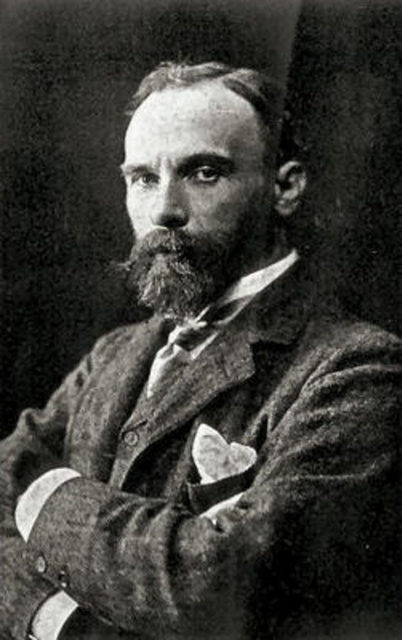
He got the nickname “the modern Pre-Raphaelite” because he was known for working long after the breakup of the Pre-Raphaelite Brotherhood,
His paintings brilliantly depict the female anatomy, adorned with Classical attire, along with the Ancient-Greek settings and backgrounds. The constant depictions of Classical ladies are a recognizable staple of the PRB.
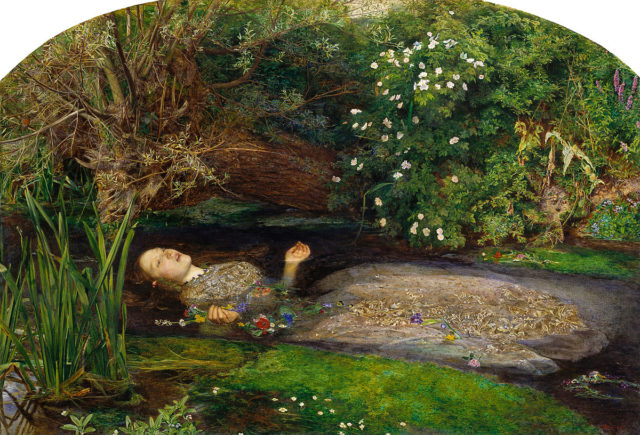
Waterhouse was born in Rome to English parents, both of them painters. He followed their footsteps in art, having first started sculpting, then dabbled in painting and enrolled in the Royal Academy of Art. He showed talent at an early age and held exhibitions with paintings which depicted the daily life in ancient Greece.
Despite the breakup of the PRB, he fully embraced their style of painting and added his technique. This should be noted as a bold move, considering that the PRB style fell out of favor in the British art scene.
The paintings had a distinct, vibrant color, often portraying dramatic damsels in Classical attire. One of his most famous works of art, The Lady of Shalott was directly inspired by Alfred Lord Tennyson’s poem of the same name. Waterhouse painted three different versions of Lady of Shalott, one in 1888, 1894, and 1915. In the 1888 painting, Waterhouse depicted the doomed lady sitting on a boat which is floating towards her imminent death.
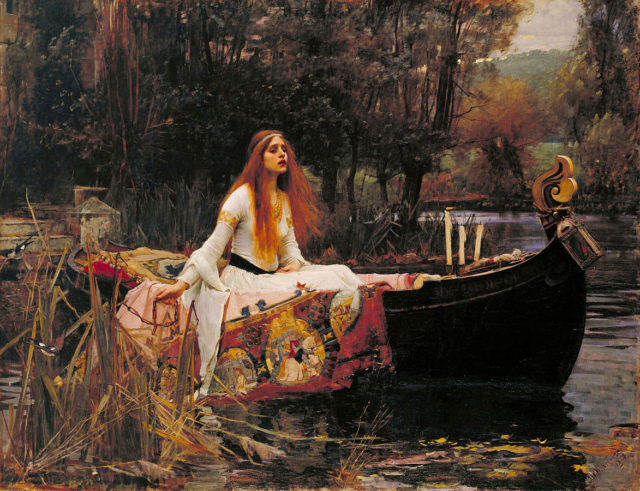
The poetic background is as mystical as the painting itself. In Tennyson’s poem, a curse is laid upon the unfortunate lady, as she is confined to her quarters. She is never to leave the room or even look outside, and she defies the curse’s code to test if it’s real, so she leaves the confines only to meet her demise.
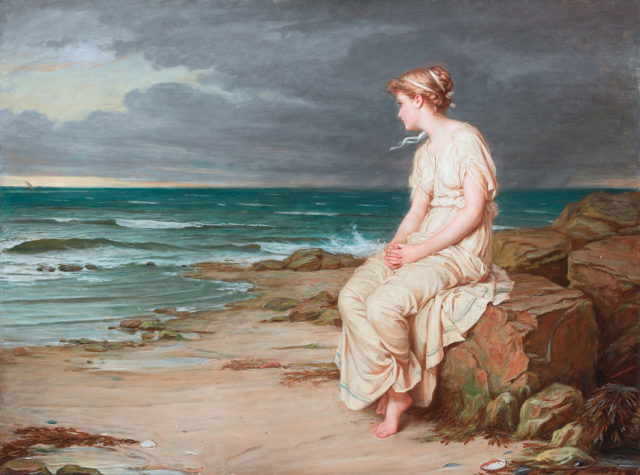
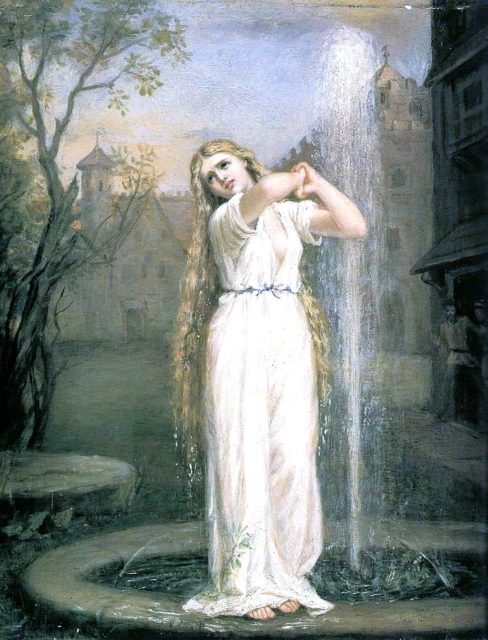
The brilliant shading, contrasting, texture, and the general oil technique is flawlessly executed by Waterhouse. It was highly regarded as a true masterpiece during its early regular exhibition at the Royal Academy. The prominent painter received the honors of associate membership in 1885, then a full Royal Academician in 1895.
Many of Waterhouse’s paintings are scattered throughout the world or have ended up in the vaults of private collectors. He enjoyed well-received feedback in his lifetime, from art critics and the public alike, despite his work falling out of fashion.
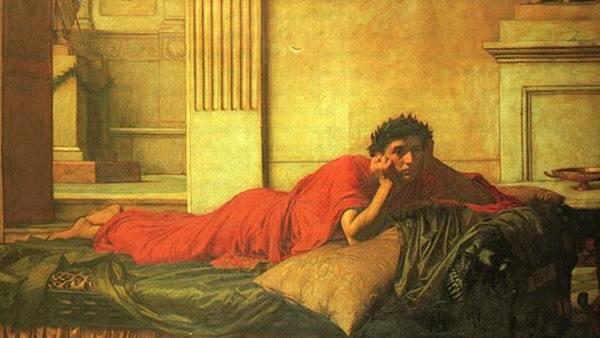
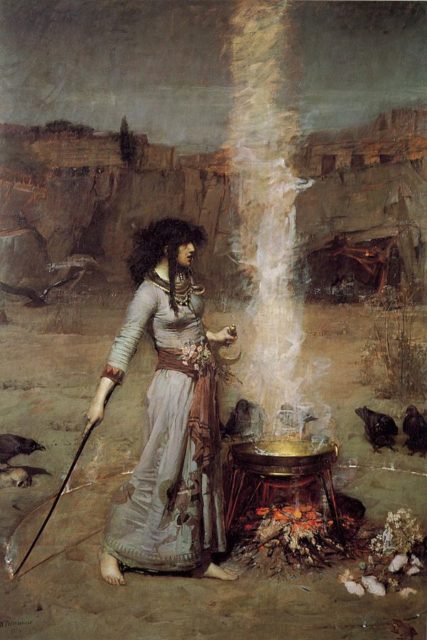
In 1896, The Art Journal commented on Waterhouse’s straightforward delivery which interacts with the viewer. “Mr. Waterhouse adds to his designs a certain mystic suggestion—a touch of that sad wonderment which troubles the deep thinker.”
Today, many galleries are “adorned” with Waterhouse’s work. No wonder why The Royal Academy praises his opus almost like a national treasure.
